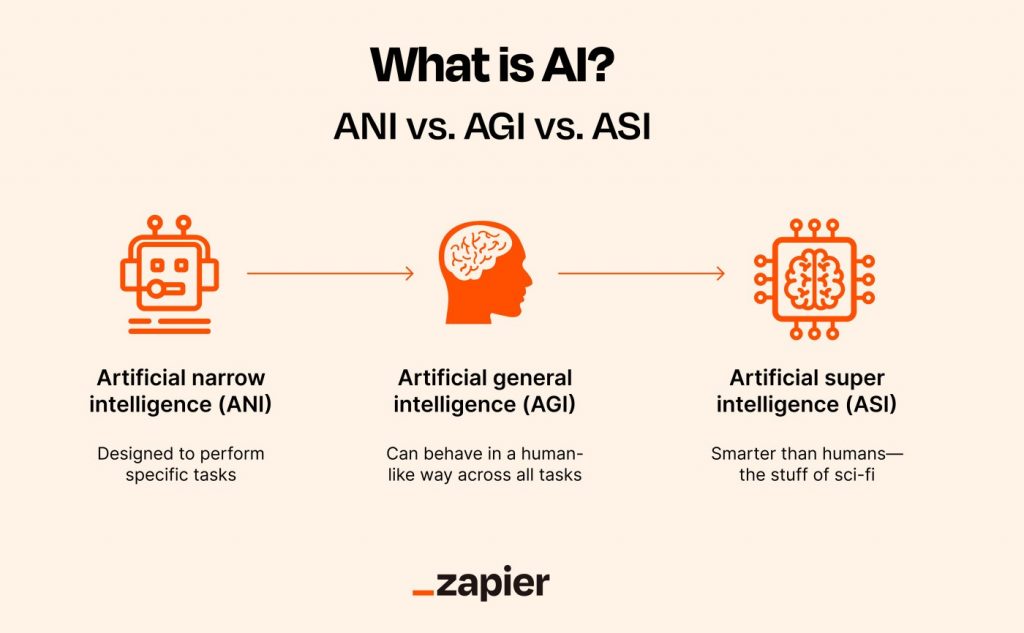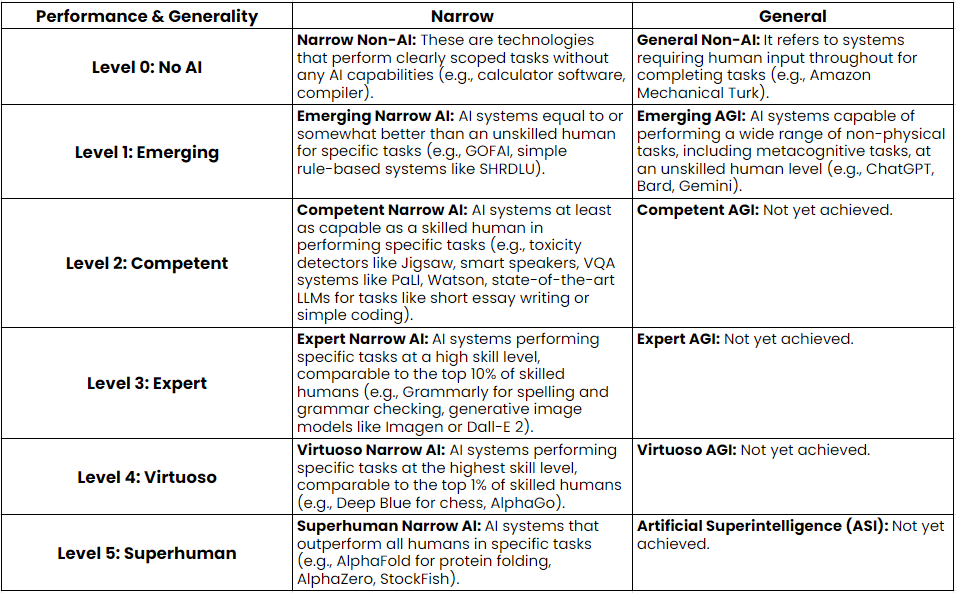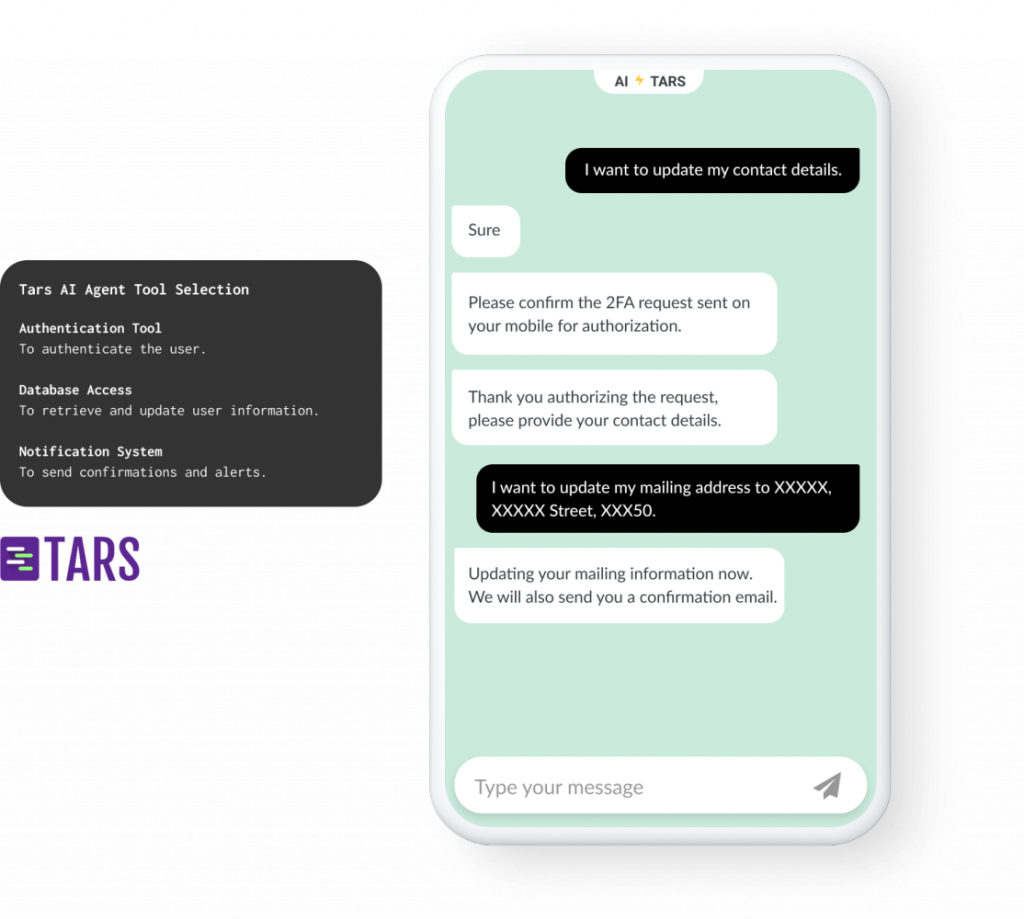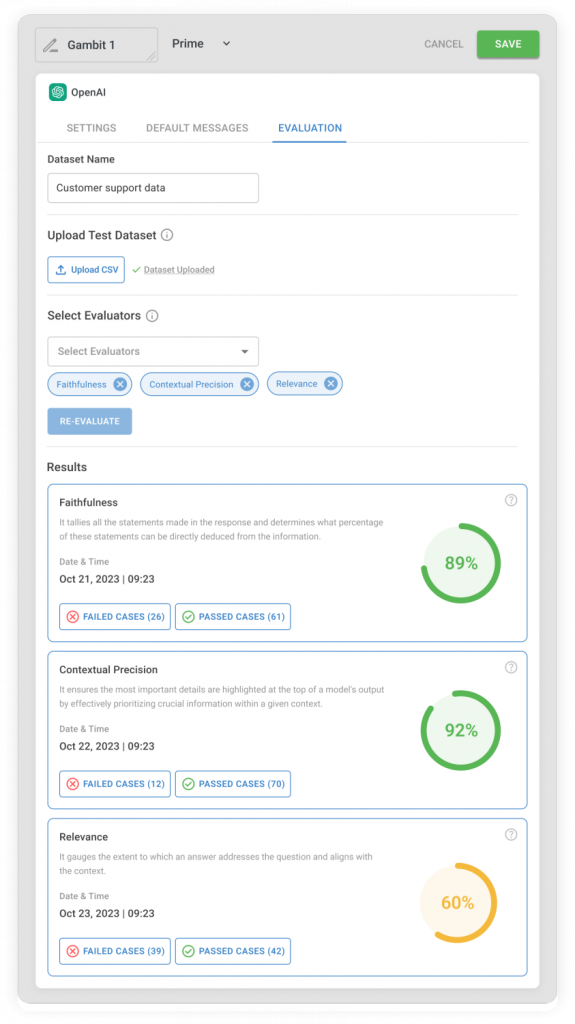Types of Artificial General Intelligence: Is Your Enterprise Ready to Adapt to the Age of Advanced AI?

A couple of years ago, AGI was a far-fetched dream. It was something we had witnessed in sci-fi movies like Matrix, 2001: Space Odyssey, and Blade Runner 2049, and everyone felt that damn, this is the futuristic world.
Suddenly, the term has been spreading faster than wildfire.

But honestly, what the hell is AGI?
For now, it is a mostly theoretical and aspirational model. The research ultimately aims to create an AI system with human-like intelligence and the ability to self-teach.
In a recent research paper by Meredith Morris (Director and Principal Scientist for Human-AI Interaction, Google DeepMind), supported by other researchers, she broke down the definition of AGI. After reviewing nine definitions and six key principles, it concludes:
- Focus on what AGI can do, not how it does it, i.e., focus on capabilities and not processes.
- Focusing on the generality and performance of the tasks.
- Focusing on cognitive and metacognitive (rather than physical) tasks.
- Consider the potential abilities, not just the current deployment.
- Use realistic scenarios to measure AGI’s abilities.
- View AGI as a progressing journey, not a final goal.
Well, if you’re still one of those who can’t feel the AGI, we can help you decode what it is, the types of AGI, and what it exactly means for your enterprise.

Different types of Artificial General Intelligence
Before you jump into understanding AGI and its core components, it is crucial to understand the difference between Narrow AI and AGI.

To reach AGI, and later ASI (Artificial Superintelligence), we will go through gradual improvements. Here’s how it works:
Performance: Improving how well AGI can complete each task.
Generality: Expanding the range of tasks AGI can handle accurately.
Each step will bring us closer to achieving true AGI and, eventually, ASI.
Let’s break it down:

Content Reference: Research Paper [Position: Levels of AGI for Operationalizing Progress on the Path to AGI]
Keeping our customers ahead of the curve
The race towards AGI is heating up, with companies like DeepMind, OpenAI, and others competing to create the first model. History is evidence that businesses that think ahead of the curve survive technological shifts better. With this in mind, we aim to build and deploy features that keep our customers aligned with these advancements.
We are working towards Competent AGI (Level 2 AGI) to help our enterprise customers stay ahead of the curve.
Here’s a sneak peak:
Building AI Agents with Decision-Making Capabilities
We are building AI Agents that can make judgments and perform tasks based on their needs. To achieve this, the AI agent will:
Understand User Needs: Determine what the user wants to accomplish.
Select the Right Tool: Decide which tool or action is needed to fulfill the user’s request.
Trigger the Appropriate Conversation Flow: Start the necessary chat flow to carry out the task.
This system allows the agent to make decisions about which tool to use and what conversation flow to start, eliminating the need to create multiple conversation flows with API triggers for different actions.

Conversation Memory Module
How Human Brains Differ from AI?
Memory in Humans: Our brains store memories in groups of neurons. These memories shape who we are.
Memory in AI: An AI’s memory, especially in language models (LLMs), is limited and forgetful.
Current AI Limitations
Short-Term Memory: AI currently responds to questions without remembering previous information about the user.
Doom Loops: This limitation can cause the AI to get stuck in repetitive, unhelpful interactions because it lacks context.
New Development
Improved Context Understanding: We are testing a new feature that allows the AI to remember the entire conversation.
Better Responses: This module helps the AI answer questions based on all previous interactions in the present conversation.
AI Evaluation System
We have worked on the Tars Evaluation AI system. It works towards providing a relevant and accurate answer to your customers every time they ask the Chatbot a question.
It evaluates the accuracy of each question based on four parameters: Answer relevancy, Faithfulness, Contextual precision, and Contextual recall.

The timeline of deployable AGI is a contentious topic. While some believe it is imminent, others believe it is decades away. However, one thing that can be said without a shred of doubt is that it will change the very fabric of every business and create an unprecedented wave that many might drown in.
A writer trying to make AI easy to understand.
Recommended Reading: Check Out Our Favorite Blog Posts!

AI Agent builders, we need to have a chat about AI’s gender bias

Time is money, so we created AI Agents that help founders save both!

How to Get Your Startup Idea Validated by Paul Graham or Kevin O’Leary? AI Agent to the Rescue

Our journey in a few numbers
With Tars you can build Conversational AI Agents that truly understand your needs and create intelligent conversations.
years in the conversational AI space
global brands have worked with us
customer conversations automated
countries with deployed AI Agents




